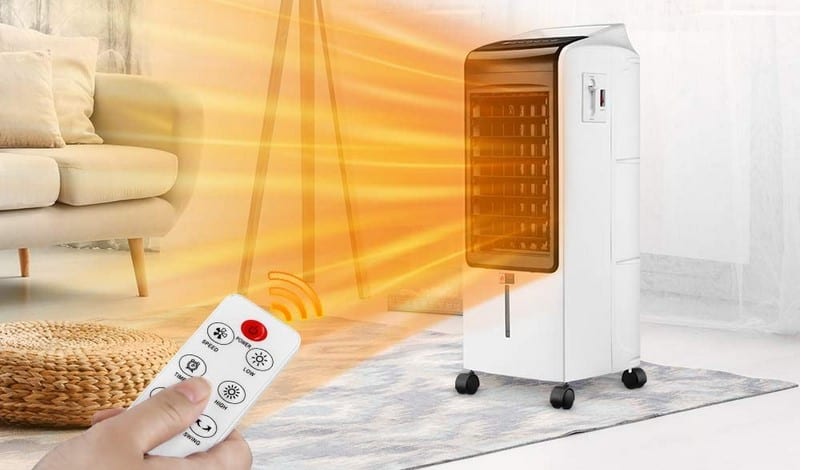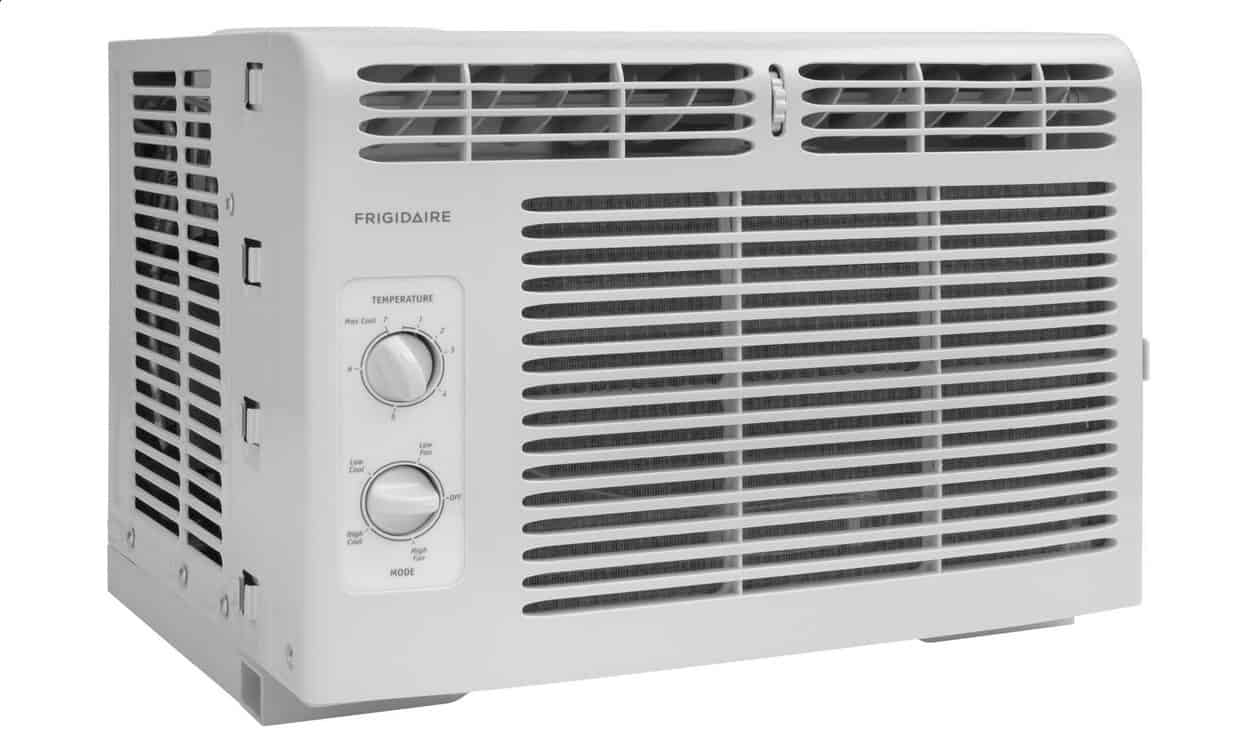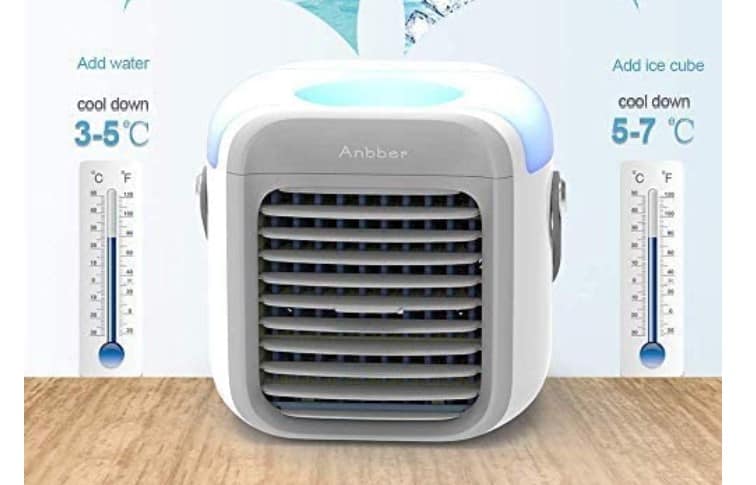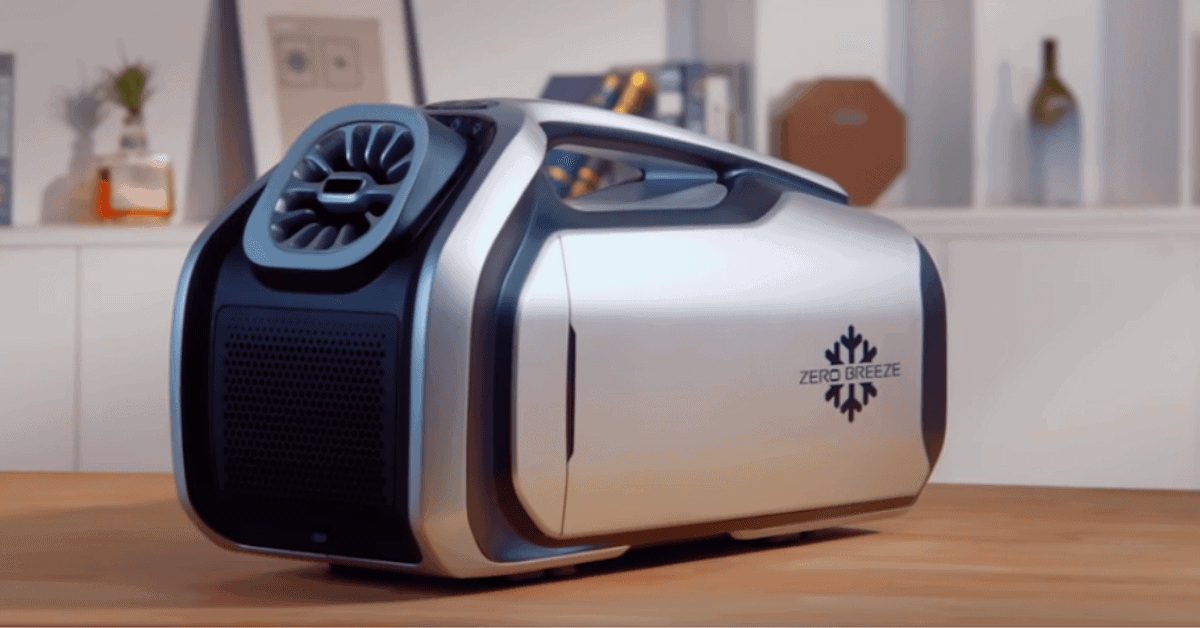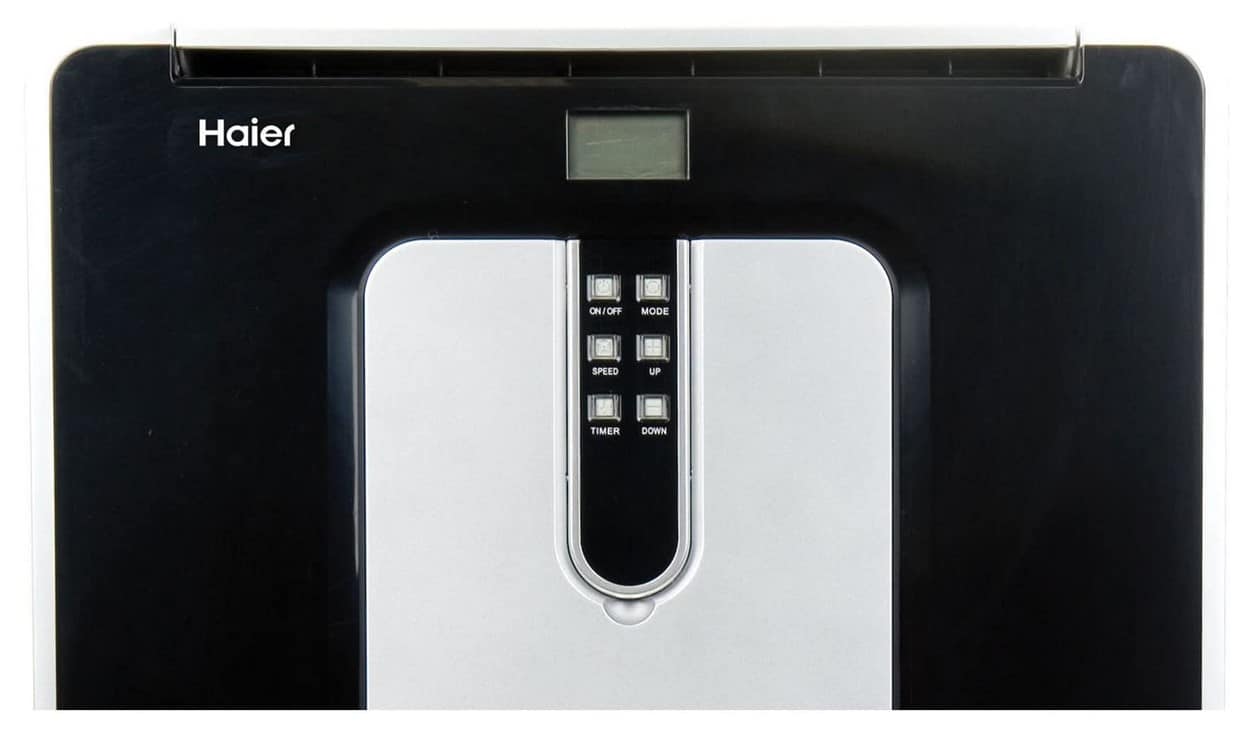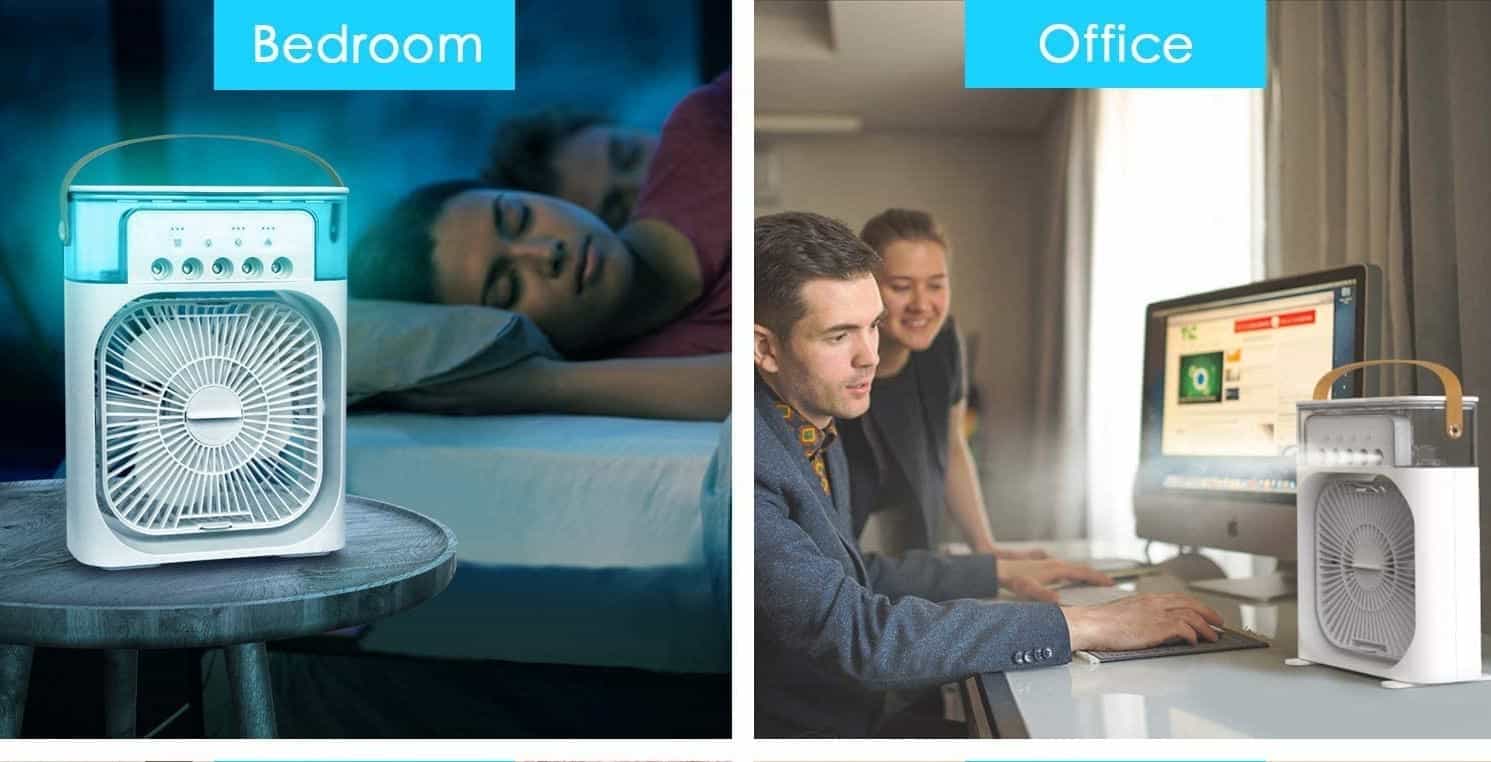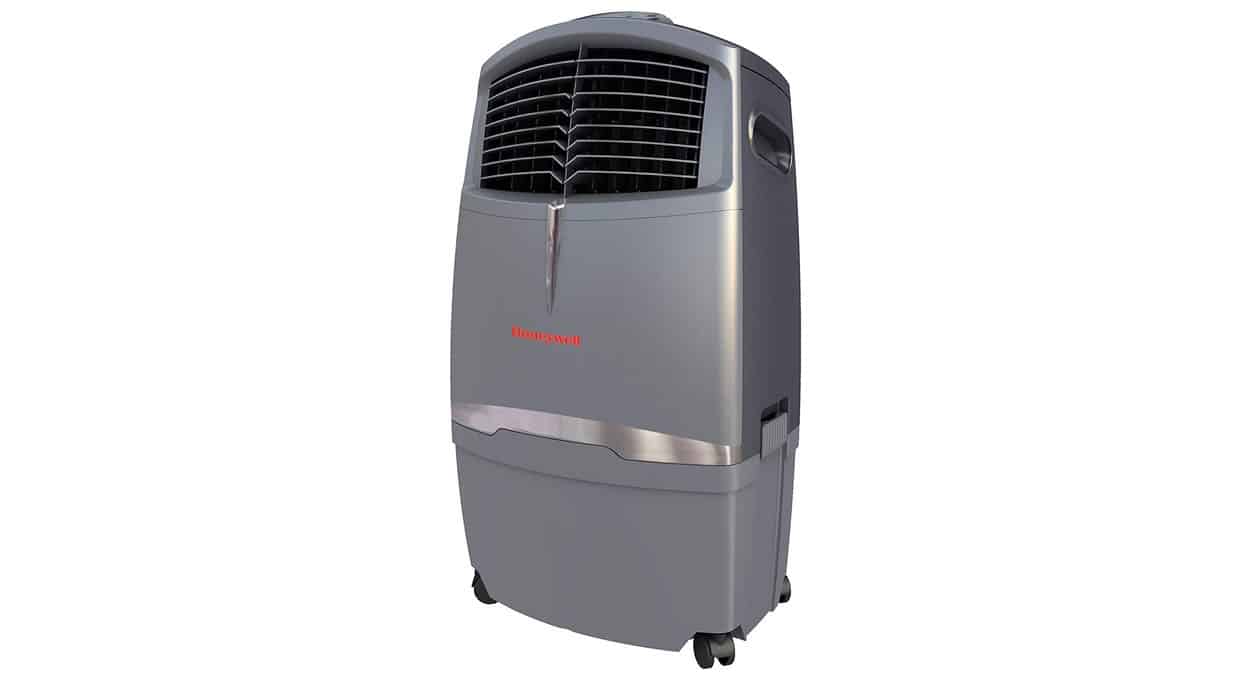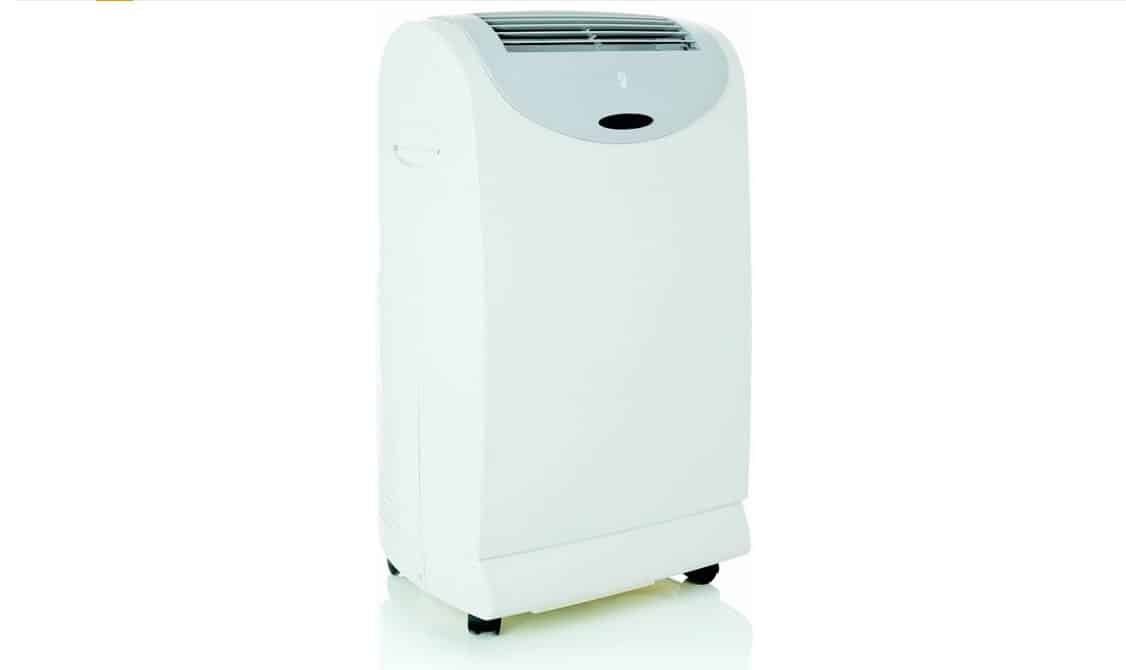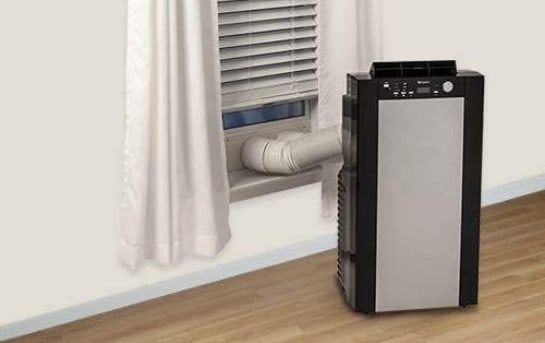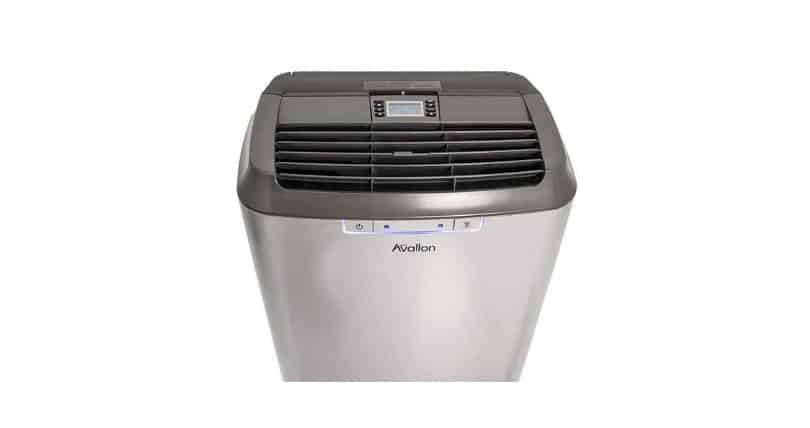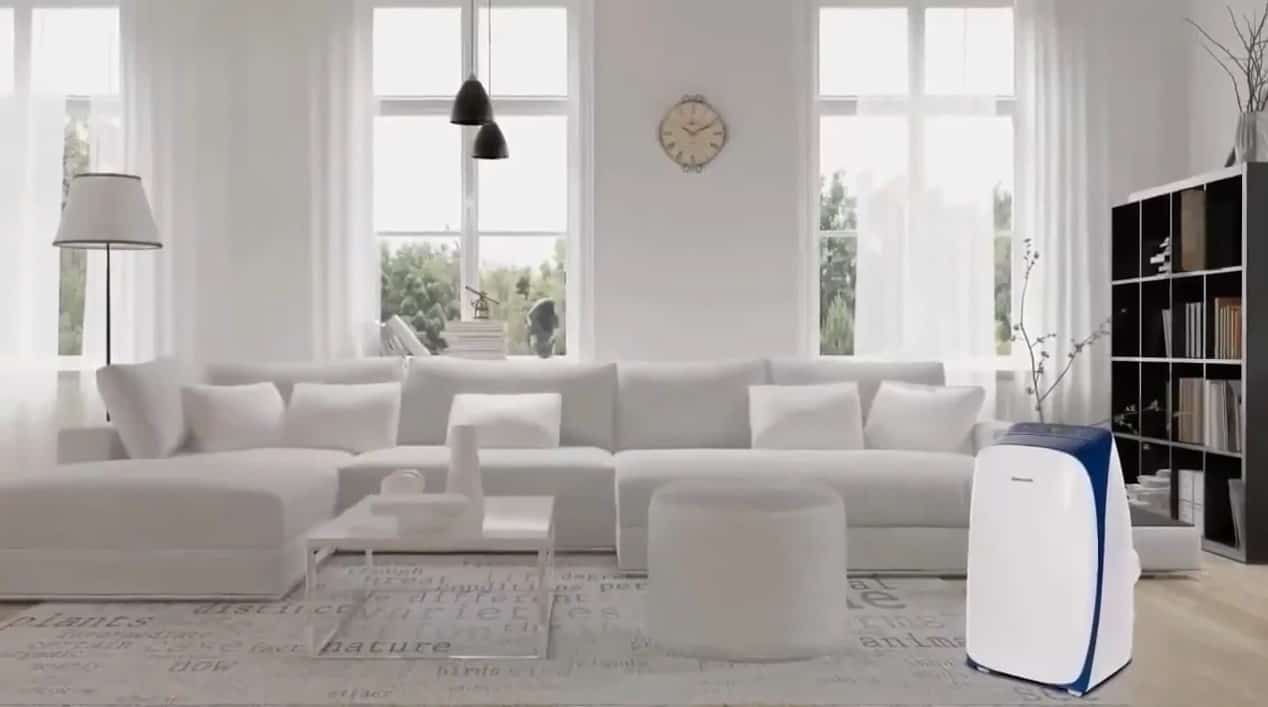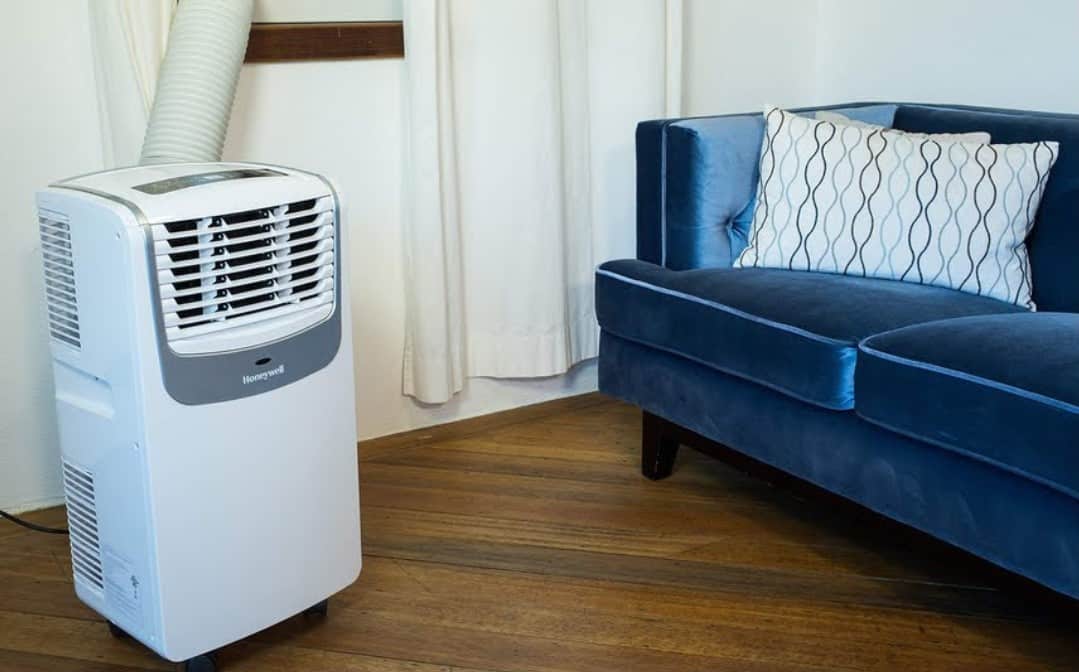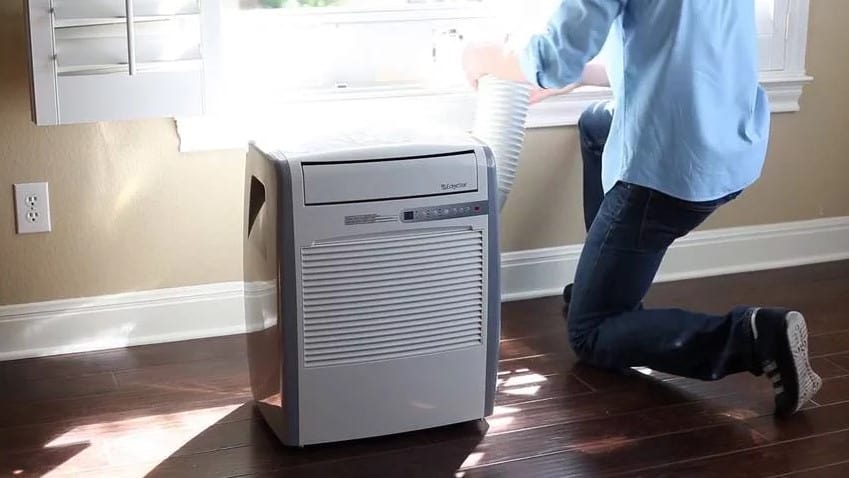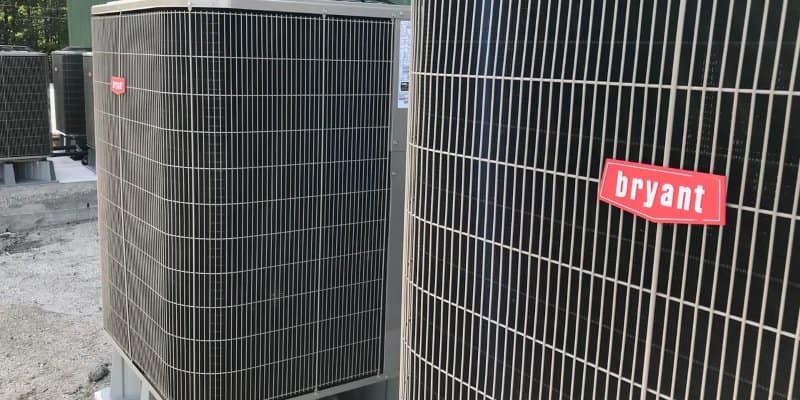The best air conditioners offer relief in the warm spring and hotter summer without driving up energy bills. To do that, however, you need to know the right air conditioner size for the square footage of your room. Finding the correct unit size optimizes effective cooling in all of your living spaces at a reasonable cost. And to do that, you need the correct formula to answer the question “how many tons of a/c do I need?”.
KEY TAKEAWAYS:
- When converting BTU (British Thermal Units) to tonnage, 1 ton equals 12,000 BTU.
- Tonnage is the measurement of an AC unit’s cooling capacity.
- Tonnage is the BTUs of heat a unit can remove each hour.
How to Buy the Right Air Conditioner
The tonnage rating of an air conditioning unit is based on its British Thermal Units per hour. Tonnage is the amount of heat BTUs per hour that an AC removes from a room.
Insider Tip
Unless you are looking at central air conditioners, make sure you buy the right size air conditioner for each room, not with one blanket calculation
STEP 1
To begin you need the number of BTUs required to cool your room before you install a window air conditioner in your mobile home or brick house. If you do not have this number, it is identical to the way you find how many BTUs for a window AC. Measure the room and multiply length times width times height. Then multiply that total by 20, as the EPA suggests each square foot needs 20 BTUs for cooling.
STEP 2
Take your BTU total and divide by 12,000. As a rough estimate, each ton of cooling removes 12,000 BTUs of heat. With this formula in mind, you are your own AC tonnage calculator. So, you’ll want to get the right amount of BTUs and avoid going too small, like you would if you got the Black+Decker BPACT08WT portable air conditioner.
STEP 3
Take these numbers with you to find the right air conditioner size. This will help keep energy costs low, though if you’re looking at a portable unit you may also want to know how many watts a portable air conditioner uses.
Warning
If you buy a larger size than necessary, prepare for larger bills from utility companies. The wrong AC size can seriously increase your energy bill.
F.A.Q.S
How are air conditioners rated?
Air conditioners are rated based on a room’s square foot measurement. This measurement is the basis for the BTUs of energy or heat a machine can remove from a room in an hour as well as how many tons of AC are involved.
Are tons and BTUs of air conditioning the same thing?
No, they are not. They are closely related, however. Tonnage is the amount of BTUs an AC can remove from a room in an hour. This measurement is based on the machine’s BTU ability. A one-ton unit, for example, can remove 12,000 BTUs of heat in an hour while a two-ton unit can remove 24,000.
What is a SEER rating?
A SEER is short for Seasonal Energy Efficiency Ratio and refers to how energy efficient an AC unit is. You can find the rating by dividing the amount of cool air produced by a machine over the summer by the amount of electricity used to power it. It’s a sort of energy audit. The minimum SEER rating is supposed to be 13, though many units range between 13 and 21.
What happens if I get the size wrong?
If you buy an oversized air conditioner, you may burn out the compressor too soon because the machine cycles on and off more often than it should. If you buy a unit that is too small, your room may never reach the temperature you want, ultimately wasting money because it runs so often. This is why it is essential to buy a proper size air conditioner.
STAT: The number of U.S. homes with central air conditioning (AC) grew from 68% in 1993 to 87% in 2009. (source)
REFERENCES:
- https://sites.austincc.edu/hart/resources/how-does-air-conditioning-work/
- https://valley.edu/how-does-ac-refrigerant-work/
- https://www.energystar.gov/products/heating_coolingr
- https://scholarworks.rit.edu/cgi/viewcontent.cgi?article=10661&context=theses
- https://sustainable.ufl.edu/2021/06/10/action-of-the-month-optimize-thermostat-for-cool-energy-savings/















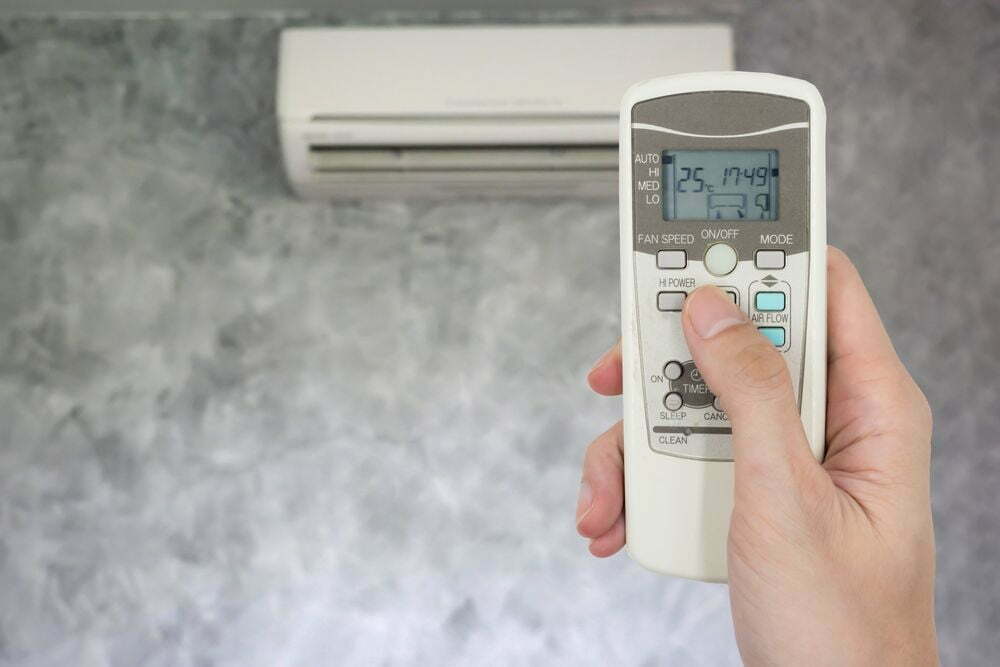
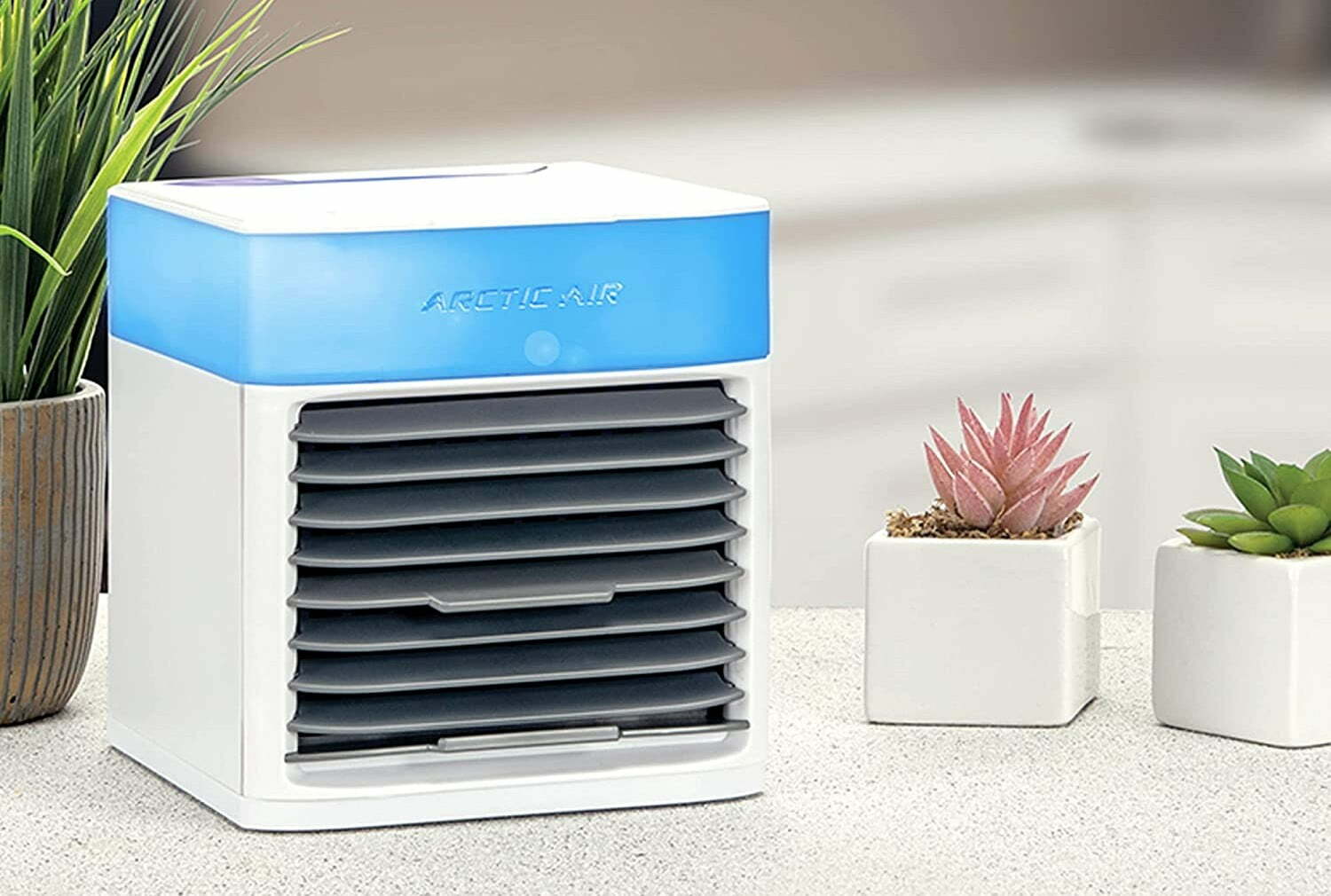
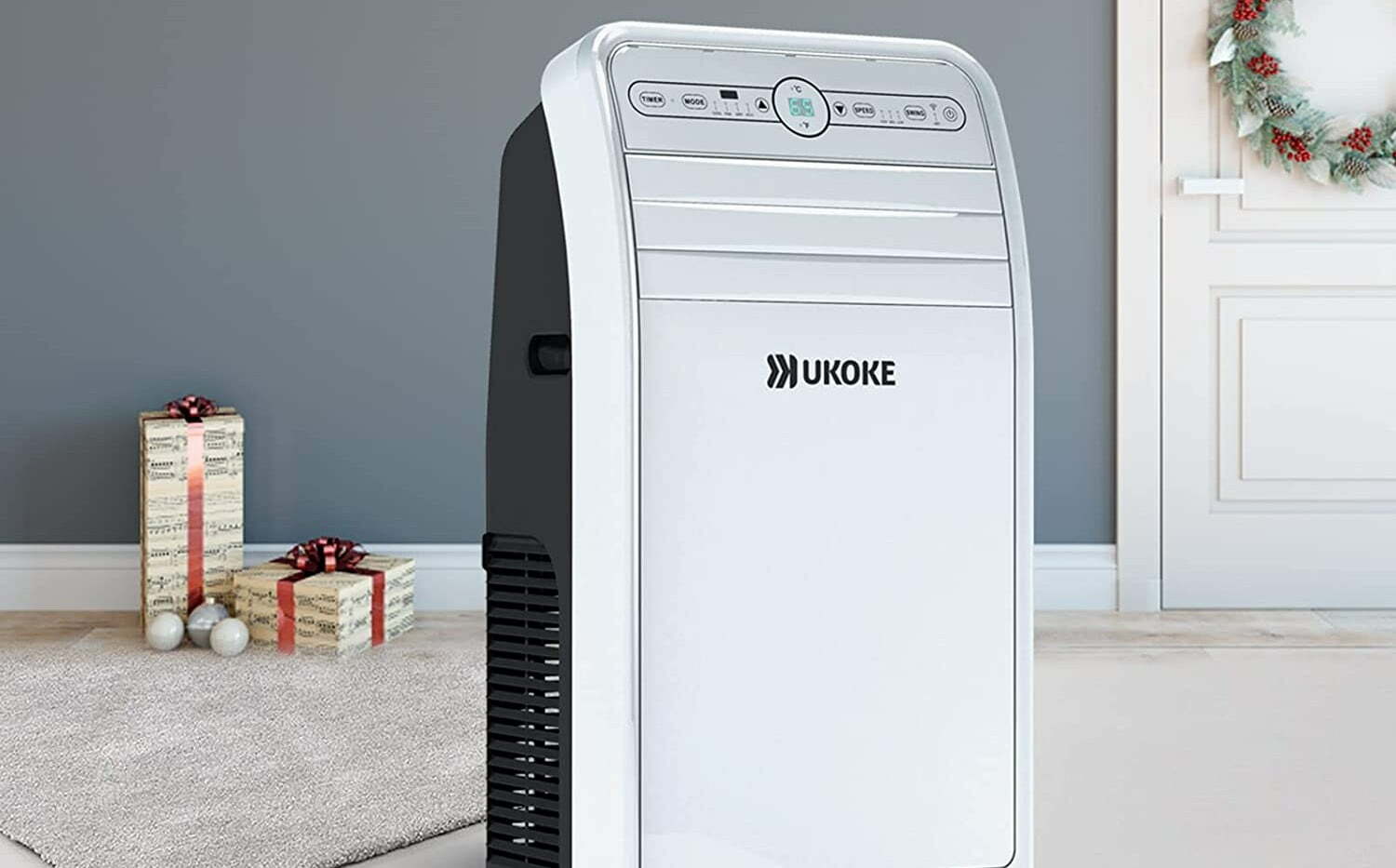
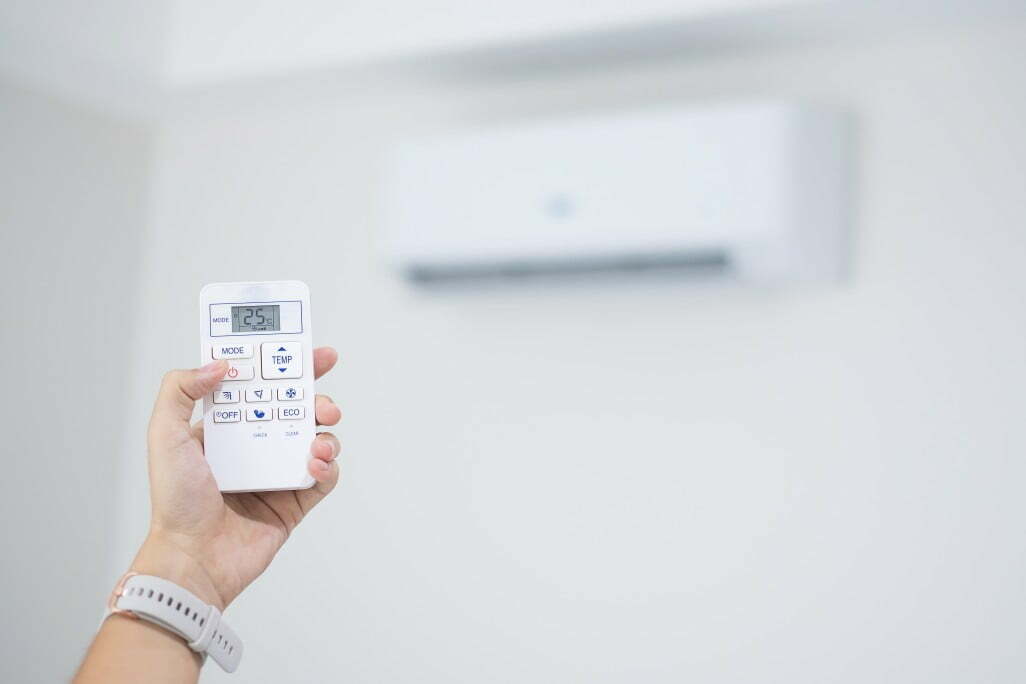

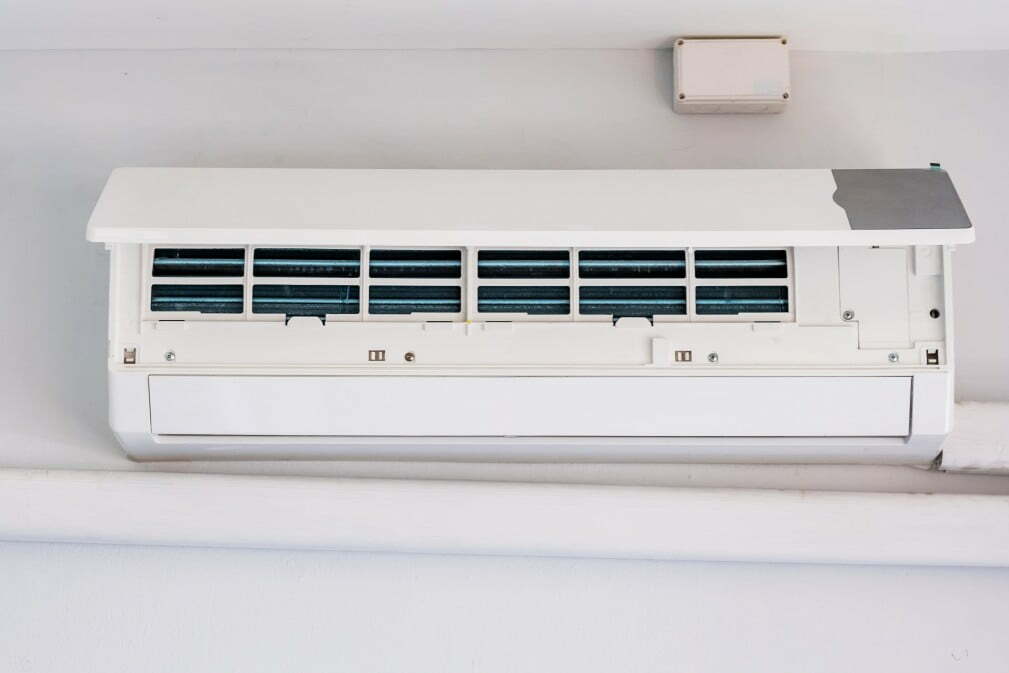
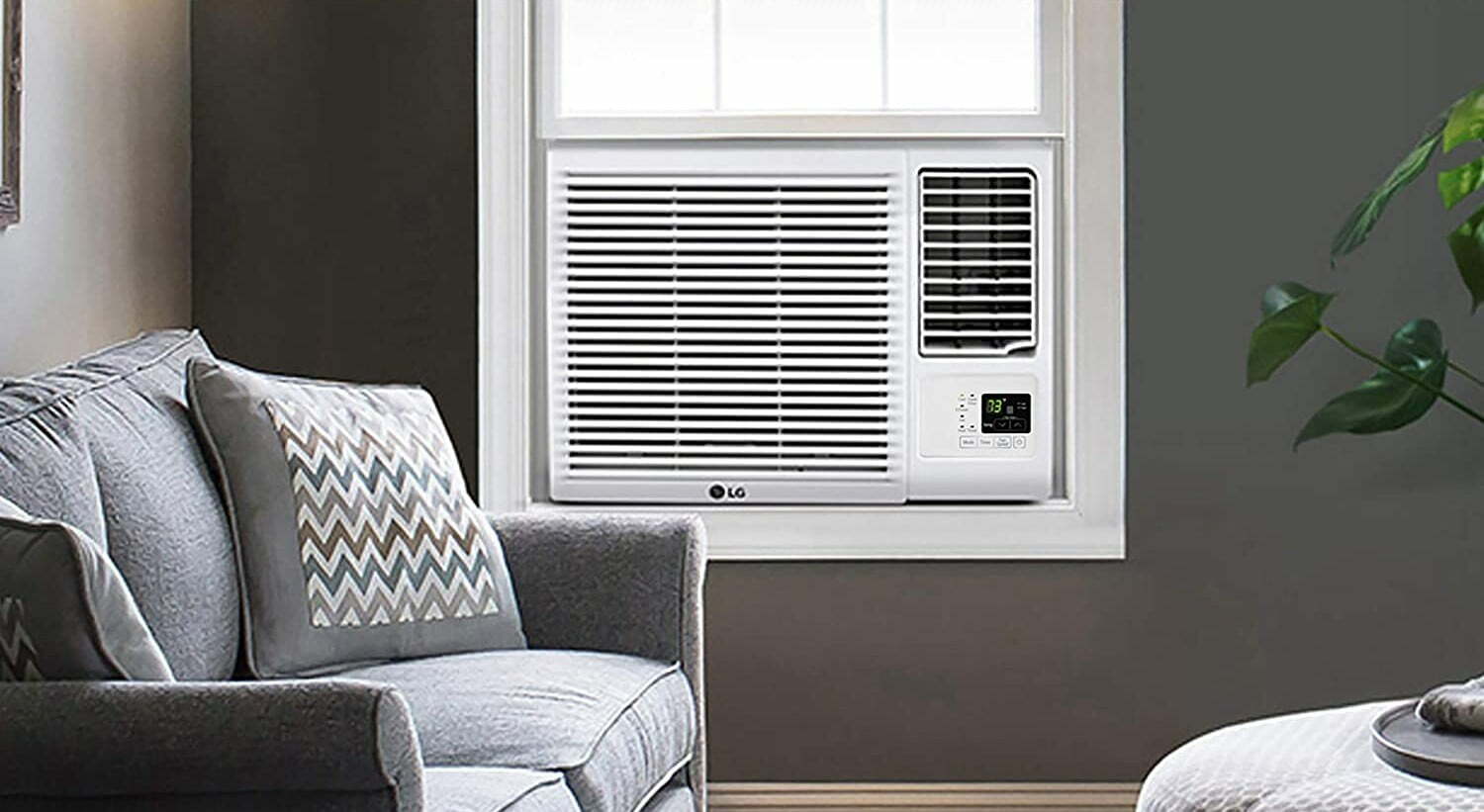
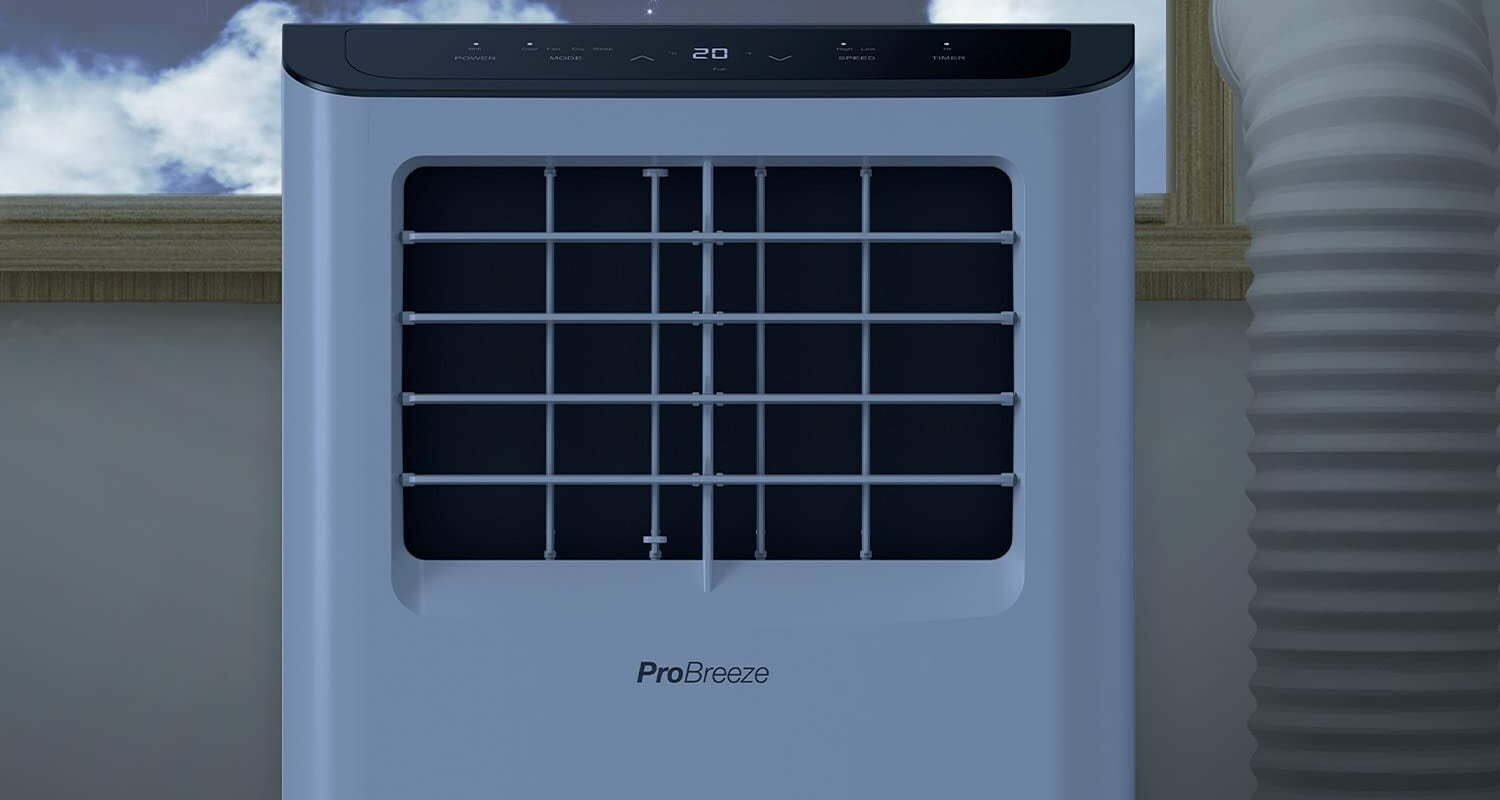


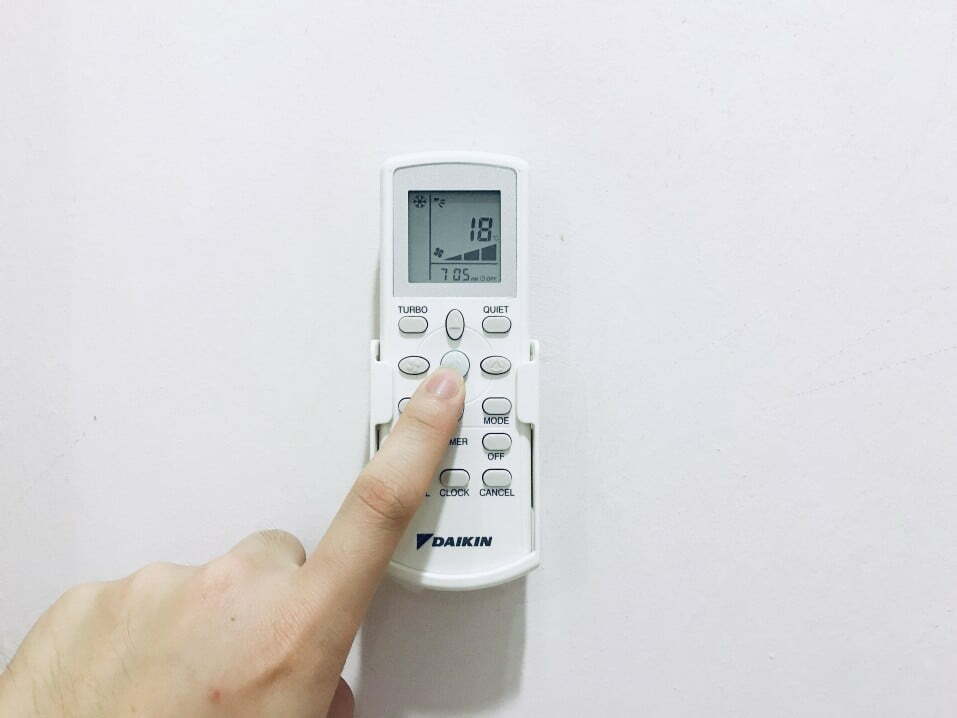
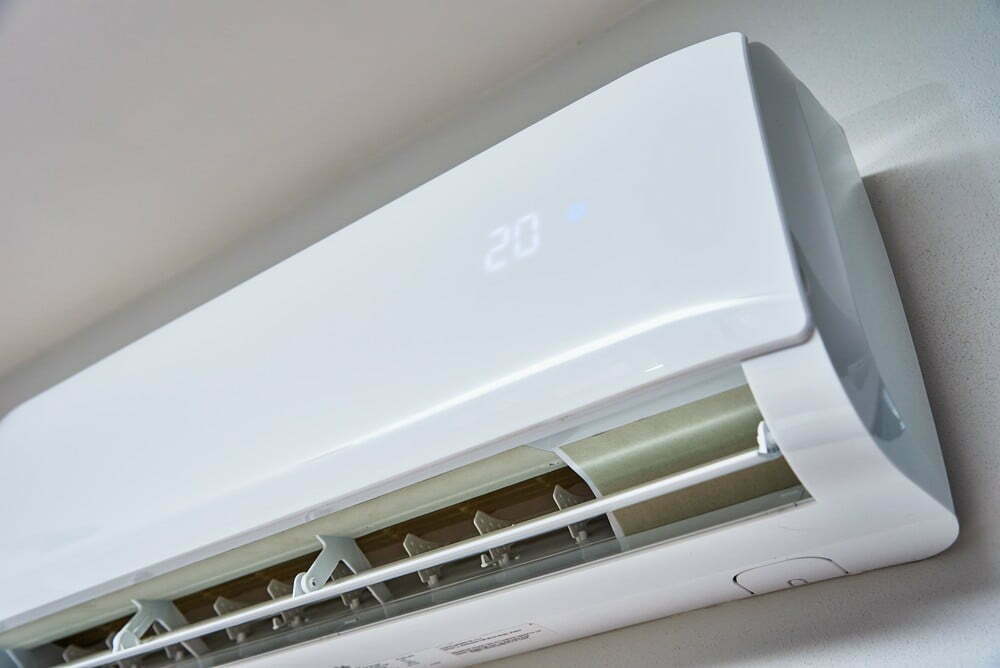
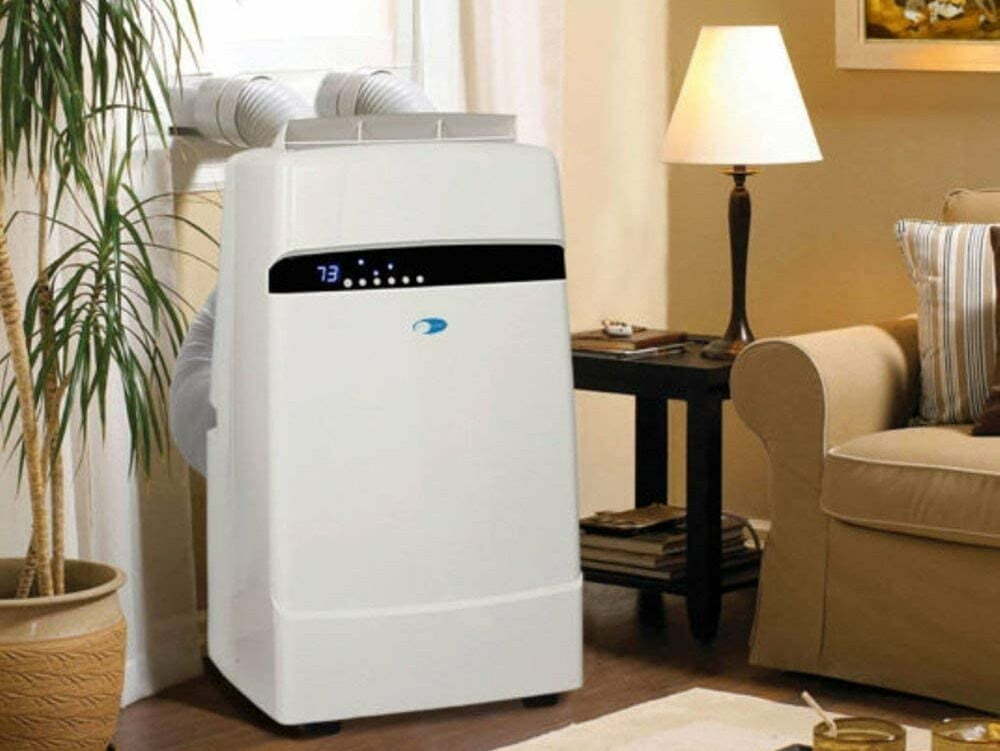
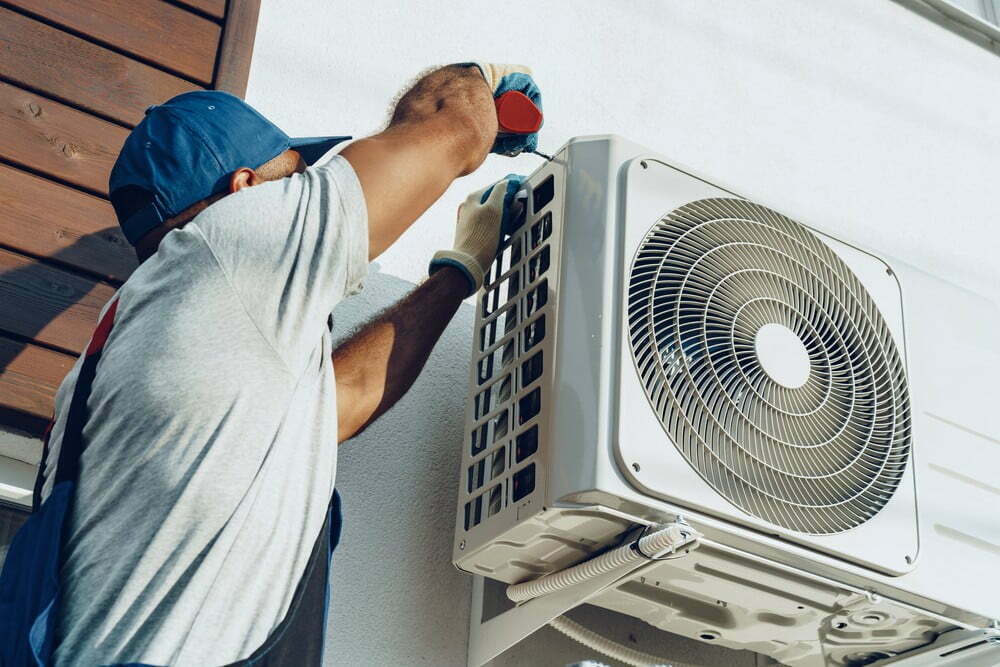

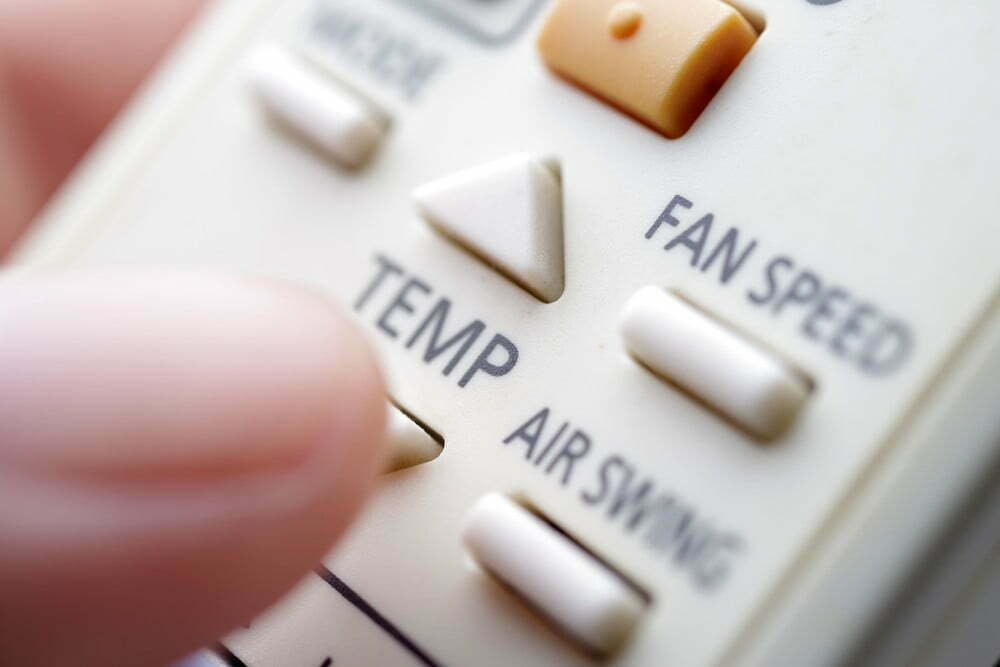
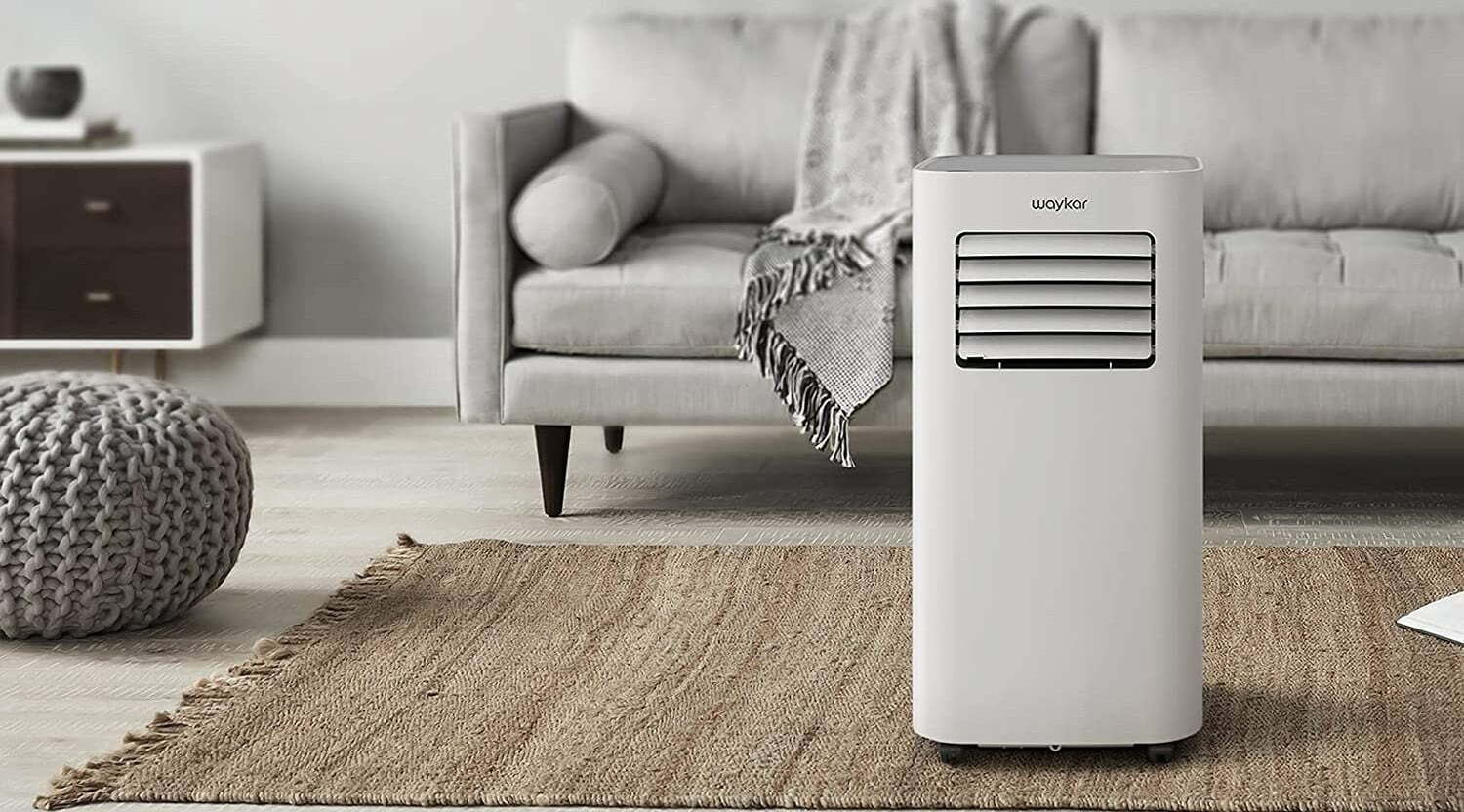
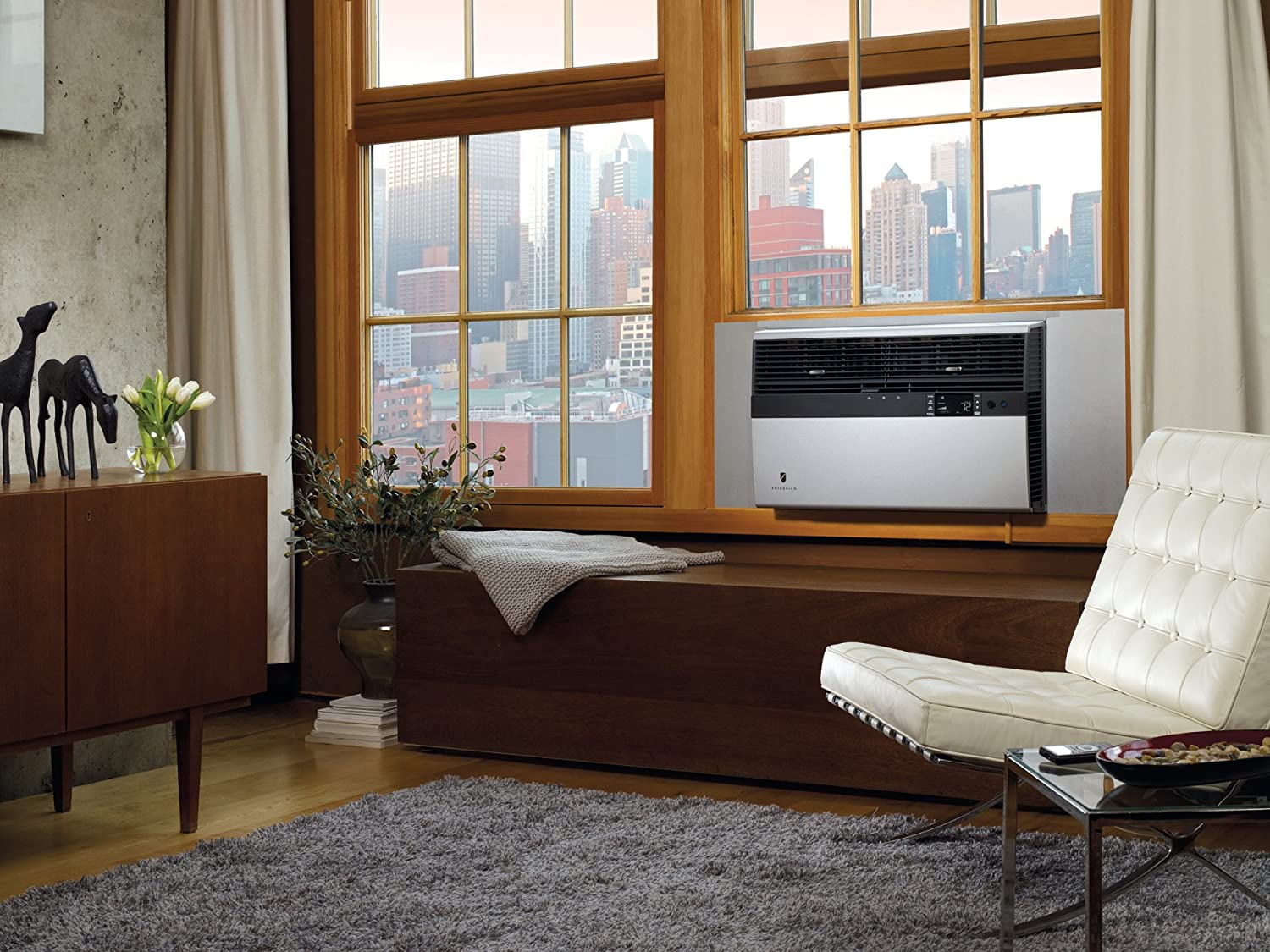

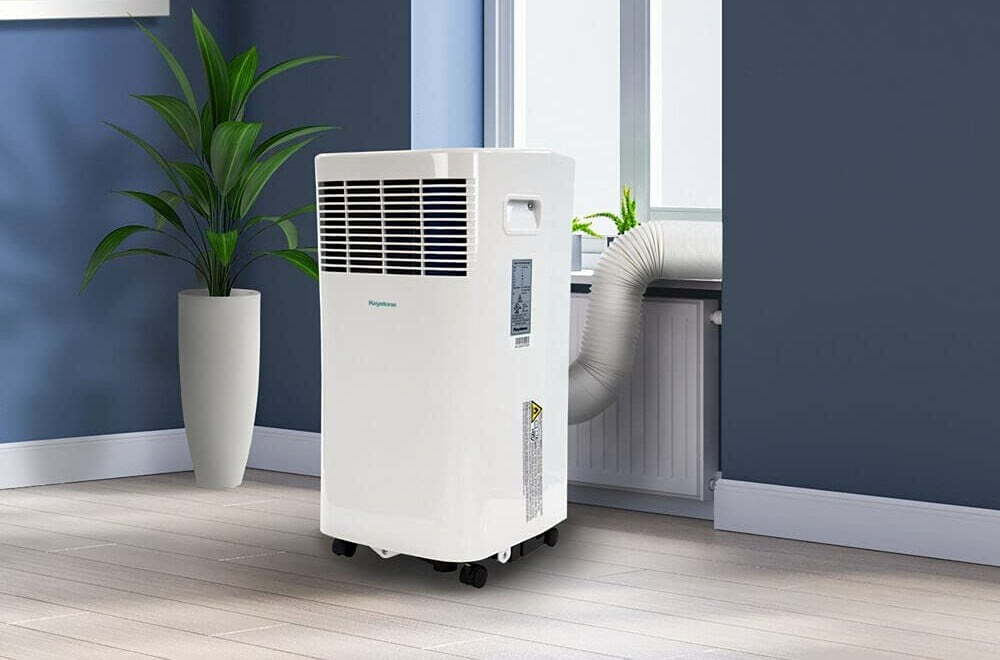
![Best Air Conditioners in [year] ([month] Reviews) 27 Best Air Conditioners in 2025 (April Reviews)](https://www.gadgetreview.dev/wp-content/uploads/best-air-conditioners-image.jpg)
![Quietest Through The Wall Air Conditioners in [year] 28 Quietest Through The Wall Air Conditioners in 2025](https://www.gadgetreview.dev/wp-content/uploads/quietest-through-the-wall-air-conditioner-image.jpg)
![Best 10000 BTU Air Conditioners in [year] 29 Best 10000 BTU Air Conditioners in 2025](https://www.gadgetreview.dev/wp-content/uploads/best-10000-btu-air-conditioner-image.jpg)
![Best 15000 BTU Air Conditioners in [year] 30 Best 15000 BTU Air Conditioners in 2025](https://www.gadgetreview.dev/wp-content/uploads/best-15000-btu-air-conditioner-image.jpg)
![Best 15000 BTU Window Air Conditioners in [year] 31 Best 15000 BTU Window Air Conditioners in 2025](https://www.gadgetreview.dev/wp-content/uploads/best-15000-btu-window-air-conditioner-image.jpg)
![Best 12000 BTU Air Conditioners in [year] 32 Best 12000 BTU Air Conditioners in 2025](https://www.gadgetreview.dev/wp-content/uploads/best-12000-btu-air-conditioner-image.jpg)
![Best Photocatalytic Oxidation Air Purifiers in [year] 33 Best Photocatalytic Oxidation Air Purifiers in 2025](https://www.gadgetreview.dev/wp-content/uploads/best-photocatalytic-oxidation-air-purifier-image.jpg)
![Best Ventless Portable Air Conditioners in [year] 34 Best Ventless Portable Air Conditioners in 2025](https://www.gadgetreview.dev/wp-content/uploads/best-ventless-portable-air-conditioner-image.jpg)
![Best Window Air Conditioners with Heat in [year] 35 Best Window Air Conditioners with Heat in 2025](https://www.gadgetreview.dev/wp-content/uploads/best-window-air-conditioner-with-heat-image.jpg)
![Best Inverter Air Conditioners in [year] 36 Best Inverter Air Conditioners in 2025](https://www.gadgetreview.dev/wp-content/uploads/best-inverter-ac-image.jpg)
![Best HEPA Air Purifiers in [year] 37 Best HEPA Air Purifiers in 2025](https://www.gadgetreview.dev/wp-content/uploads/best-hepa-air-purifier-image.jpg)
![Best Quiet Window Air Conditioners in [year] 38 Best Quiet Window Air Conditioners in 2025](https://www.gadgetreview.dev/wp-content/uploads/quiet-window-air-conditioner-image.jpg)
![Best Energy Efficient Window Air Conditioners in [year] 39 Best Energy Efficient Window Air Conditioners in 2025](https://www.gadgetreview.dev/wp-content/uploads/best-energy-efficient-window-air-conditioner-image.jpg)
![Best Quiet Portable Air Conditioners in [year] 40 Best Quiet Portable Air Conditioners in 2025](https://www.gadgetreview.dev/wp-content/uploads/quiet-portable-air-conditioner-image.jpg)
![Best 6000 BTU Air Conditioners in [year] 41 Best 6000 BTU Air Conditioners in 2025](https://www.gadgetreview.dev/wp-content/uploads/best-6000-btu-air-conditioner-image.jpg)
![Best 8000 BTU Air Conditioners in [year] 42 Best 8000 BTU Air Conditioners in 2025](https://www.gadgetreview.dev/wp-content/uploads/best-8000-btu-air-conditioner-image.jpg)
![Best Small Window Air Conditioner in [year] 43 Best Small Window Air Conditioner in 2025](https://www.gadgetreview.dev/wp-content/uploads/best-small-window-air-conditioner-image.jpg)
![Best 5000 BTU Air Conditioners in [year] 44 Best 5000 BTU Air Conditioners in 2025](https://www.gadgetreview.dev/wp-content/uploads/best-5000-btu-air-conditioner.jpg)
![Best Mini Split in [year] 45 Best Mini Split in 2025](https://www.gadgetreview.dev/wp-content/uploads/best-ductless-mini-split-air-conditioner-image.jpg)
![10 Best Portable Air Conditioners and Heaters in [year] 46 10 Best Portable Air Conditioners and Heaters in 2025](https://www.gadgetreview.dev/wp-content/uploads/best-portable-air-conditioner-and-heater-image.jpg)
